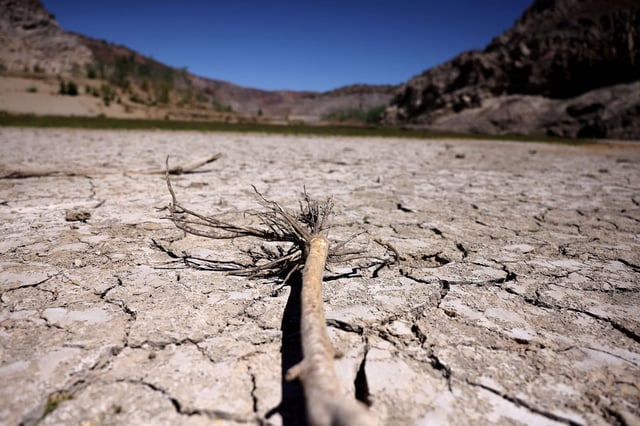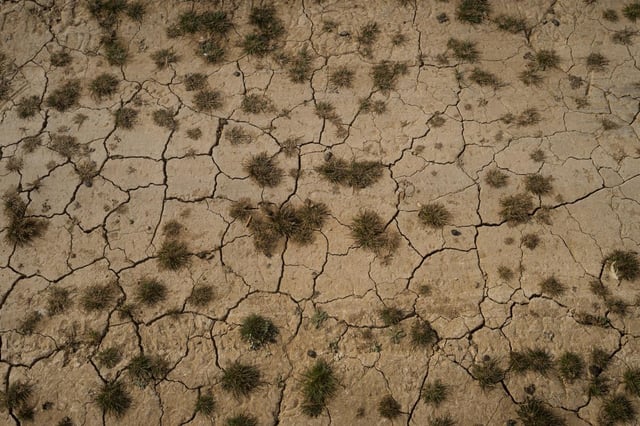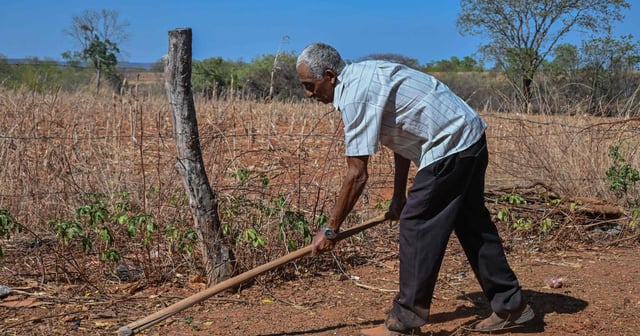Overview
- A UN report reveals that 77.6% of Earth's landmass became drier between 1990 and 2020, with drylands now covering over 40% of the planet's surface.
- The transformation includes an area larger than India shifting from humid to dryland status, while 3.3 million square kilometers have moved into more severe aridity categories.
- The crisis affects 2.3 billion people today, a figure projected to rise to 5 billion by the century's end, with severe consequences for food systems, displacement, and economic stability.
- Factors driving aridity include climate change, deforestation, groundwater depletion, and unsustainable agricultural practices, creating a permanent shift rather than temporary drought conditions.
- The report highlights the need for global cooperation, sustainable land management, and innovative water-use technologies to mitigate the crisis and build resilience.



